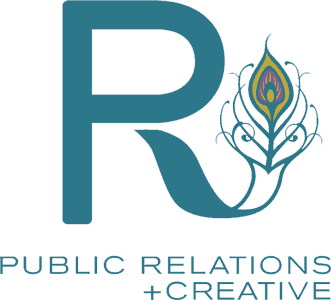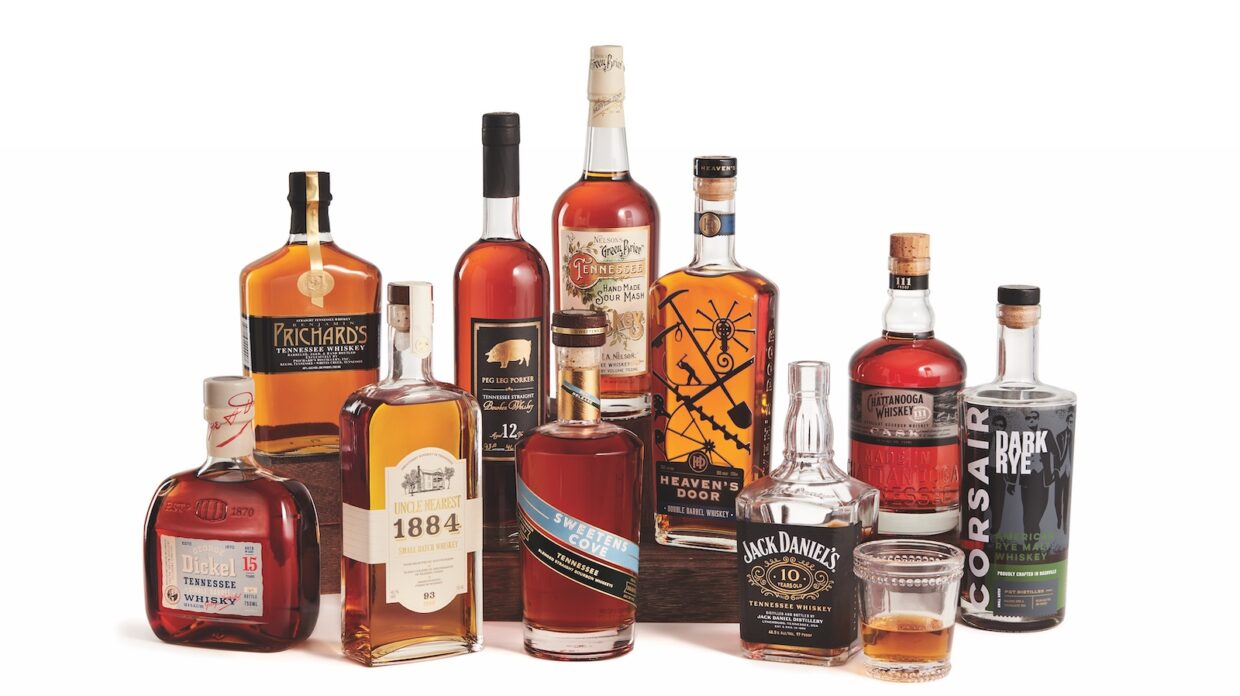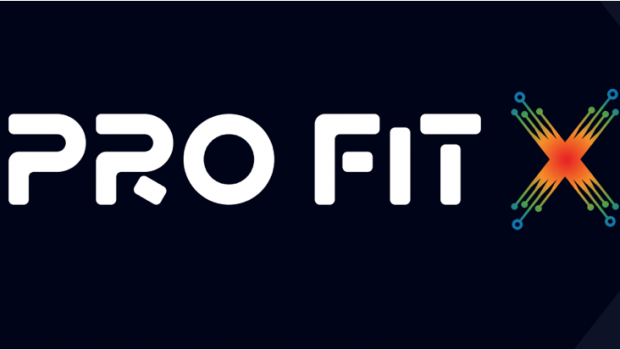R Public Relations Firm
6 Ways to Prep Your Business for PR Success

You want to take your business to the next level and think that public relations (PR) can help you get there. First, you’re right! But before you hire a PR firm there’s some prep work you need to do to make sure you get the most out of the relationship and both of your time. Here’s what to do for your business's PR success.
1. Get your story straight
Not your story for the press but rather your brand story. It’s hard for a PR firm to promote your business if your message and brand identity aren’t clear. To do so create a mission and vision statement if you haven’t already. And craft your brand message which is the value proposition that you convey to your target audience. This will help firms like R’s to know how to pitch you to the media.
2. Know your audience
Speaking of your target audience, for your PR to be its most effective, you’ll need to clearly identify them, their characteristics, their pain points, and how they engage with brands. Without this knowledge, you’re shooting blind so to speak in how best to reach and connect with them.
3. Prepare your background materials
Yes, your PR firm could help with these things, but you’ll have to give them the information anyway so put your budget where it will count most - in your PR campaigns – and do this yourself. You’ll need to create a company overview, fact sheet, and executive bios to start.
4. Update your website
This is the most comprehensive reflection of your business, but it’s often the most overlooked aspect of brand identity. Firms like R’s can also help you in this area, but if you’re looking to hire someone that’s exclusively focused on PR, then your website may need to be tackled separately. But it should be updated to reflect your look and message before the PR firm starts sending media and new prospects to it. It can be helpful to add a newsroom to the site as well to make it easy to access your company overview and fact sheet, etc.
5. Get active on social media
You don’t necessarily have to be active on every platform available. Really it depends on the nature of your business whether it makes sense to be active on traditional platforms like Twitter, Instagram, Facebook, or LinkedIn, a combination of these, or a different combination altogether. Ideally, you want to have a least some presence before beginning your PR efforts to make you more credible, but if that’s not the case what’s most important, as your new PR firm will tell you, is that you consistently post and engage on your accounts.
6. Define your goals
Quite simply, you need to give your PR firm some direction. We can do wonders, but we aren’t mind-readers so goals need to be defined upfront. The old adage of throwing ideas against the wall to see what sticks is not going to give you the results you want and deserve. Consider whether you’re interested in boosting awareness, increasing credibility, increasing brand engagement, and/or creating a more positive brand reputation. Firms like R’s can then take that direction to create measurable goals.
R team would love to help your business achieve PR success. Learn more about our public relations services and schedule your FREE Discovery Call today!
5 Ways PR Will Increase Your ROI

Increasing marketing ROI is paramount for any organization. Yes, it’s true you have to spend money to make money as the old saying goes, but the reality is you have to quantify the impact of those dollars or risk not just losing your marketing budget, but negatively impacting your organization overall. While in some areas of marketing, like advertising, it’s relatively easy to measure ROI, others, like PR, have always been harder to measure. As such the impact of PR often goes overlooked and underfunded. But make no mistake, PR will increase your ROI. Here’s how.
Measuring ROI
In general, ROI or return on investment in marketing is measured by determining how many sales, attendees, donations, etc. happened because of your campaign(s). Using advertising as an example, you could calculate ROI by determining the revenue you gained from a particular ad minus the cost of the ad divided by the expenses and multiplying by 100. It’s a relatively clear-cut formula.
On the other hand, PR has many roles such as boosting awareness, credibility, and engagement with your brand as well as cultivating a positive brand reputation, all of which are more intangible. What’s more, they are what you would typically consider top-of-the-funnel activities in the sales cycle rather than the bottom where the sale is closed. However, you can leverage them in bottom-of-the-funnel activities as well to prove their value in increasing ROI.
How PR Will Increase Your ROI

It’s still important to measure media placements as well as social, website, and search engine metrics, however here are five ways to leverage PR in more easily measured marketing and sales activities as well:
- Use media placements in campaigns – Don’t leave it up to your prospects to come across your media placements, make sure they know about it by including them in your marketing campaigns and/or using them as another reason to reach out. Typically, it takes five to seven touchpoints to ‘hook’ a prospect so to speak.
- Add to sales and marketing materials – Adding award wins, industry accolades, and other media mentions in these materials, especially where they highlight how your brand can help overcome key customer pain points adds tremendous credibility.
- Share on social media – Encourage employees to share media placements on appropriate social media channels to increase not just brand awareness but also sales. For example, Hubspot states that sales professionals with a strong social selling index on LinkedIn have 45% more sales opportunities than those who don’t and are 51% more likely to reach their quota. Make sure you’ve created and trained them on social media guidelines for your brand first though!
- Add accolades to signature lines – Adding clickable links to thought leadership, awards, and other media placements is a subtle way to increase credibility, awareness, and engagement for your brand. And not just in terms of sales, but it can help with recruiting and investor relations as well.
- Create testimonials – The fact that your sales team is closest to your customers and PR is closest to media is actually a beautiful thing. You can work together to create testimonials that benefit your brand overall as well as your individual goals. The ability to share happy customer experiences is priceless!
R team would love to help your organization increase ROI with PR. Learn more about our public relations services and schedule your FREE Discovery Call today!










